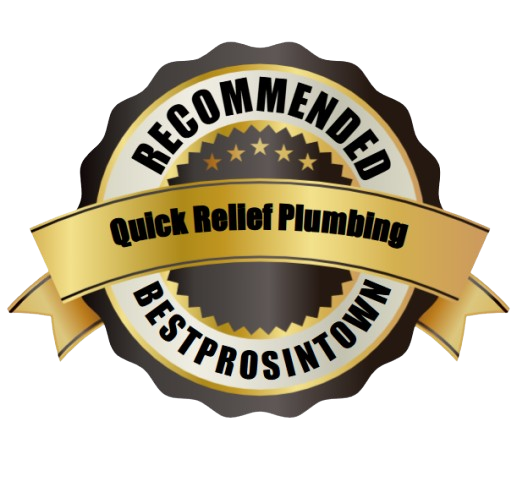Safe drinking water is highly important and should not be overlooked. Water treatment systems play a crucial role in ensuring access to clean and safe drinking water. From removing impurities to disinfecting harmful pathogens, these systems undergo a series of complex processes to deliver water that meets quality standards. In this comprehensive guide, we delve into the inner workings of water treatment, exploring its methods, technologies, and significance in safeguarding public health.
1. Importance of Water Treatment:
Water treatment is vital for safeguarding public health by removing contaminants and impurities from water sources. Whether sourced from rivers, lakes, or underground aquifers, untreated water can harbor harmful bacteria, viruses, chemicals, and other pollutants. By undergoing treatment, water becomes safe for consumption, reducing the risk of waterborne diseases and ensuring the well-being of communities.
2. Intake and Screening:
The water treatment process begins with intake, where raw water is sourced from natural reservoirs. Screening mechanisms such as bar screens and microstrainers are employed to remove large debris such as twigs, leaves, and sediment. This initial step prevents clogging and protects downstream equipment from damage.
3. Coagulation and Flocculation:
After screening, the water undergoes coagulation and flocculation, where chemical agents are added to promote the aggregation of suspended particles. Coagulants like aluminum sulfate or ferric chloride neutralize the charge of particles, causing them to clump together. Flocculants such as polymers aid in forming larger flocs, which settle more readily during the sedimentation process.
4. Sedimentation:
In sedimentation basins, the water flows slowly, allowing the heavier flocs to settle at the bottom. This process separates the suspended solids from the water, forming a layer of sludge that can be removed. Sedimentation plays a crucial role in clarifying the water and preparing it for further treatment.
5. Filtration:
Following sedimentation, the water passes through filtration systems to remove remaining particles and impurities. Various types of filters, including sand, gravel, and activated carbon, trap contaminants as water percolates through. Filtration enhances water clarity and reduces the concentration of pollutants, improving its quality before disinfection.
6. Disinfection:
Disinfection is a critical step in water treatment aimed at killing harmful microorganisms and pathogens. Chlorination, ozonation, and UV irradiation are common methods employed for disinfection. Chlorine-based compounds are effective at destroying bacteria and viruses, while ozone and UV light disrupt the DNA of pathogens, rendering them harmless.
7. pH Adjustment and Chemical Balancing:
pH adjustment and chemical balancing are performed to optimize water quality and ensure compliance with regulatory standards. Control systems monitor pH levels and adjust them using alkaline or acidic compounds as needed. Additionally, chemicals such as fluoride may be added to enhance dental health or stabilize corrosion in distribution pipes.
8. Final Treatment and Distribution:
After undergoing primary treatment processes, the water receives final treatment to address specific concerns such as taste, odor, or mineral content. This may involve additional filtration, aeration, or the addition of specialty chemicals. Once treated, the water is distributed through a network of pipes to homes, businesses, and public facilities for consumption.
Water treatment systems are essential for providing safe and clean drinking water to communities worldwide. By employing a combination of physical, chemical, and biological processes, these systems effectively remove contaminants and ensure water quality meets regulatory standards. As we continue to face challenges such as population growth, urbanization, and environmental degradation, investing in robust water treatment infrastructure remains critical for public health and environmental sustainability.
For the best water treatment systems, contact our team of qualified specialists at Quick Relief Plumbing at (913) 207-0779.









